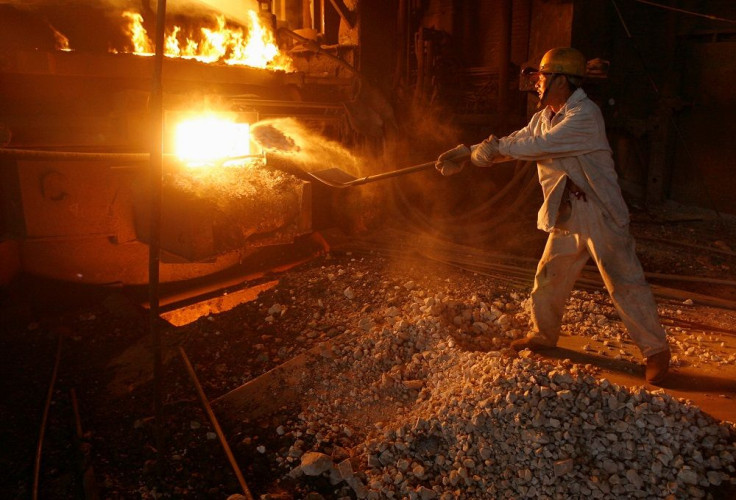Iron ore prices jump 2.9% to $57.40 per tonne

Australia’s Department of Industry, Innovation and Science, in its latest quarterly commodities paper, cut the forecast price of iron ore on July 8 to US$44.20 (A$58.85) per tonne from the March forecast of US$45 (A$59.95) due to glut of the commodity. However, on Wednesday, price of the key steelmaking-ingredient went up.
The Australian reports that the price of iron ore rose to US$57.40 (A$76.46) from US$55.80 (A$74.33) on Tuesday, according to The Steel Index. Chinese lash out at their low-cost competitors from Australia and Brazil boosted the price of the commodity.
In a statement seeking a probe into China’s import of the raw material for steel, around 20 Chinese miners claim the large volume of low-priced iron ore severely impacted the Chinese mining industry and posed a big challenge on the security of steel production in China, reports Reuters. “The capacity of major iron ore miners has continued to grow and requires a massive Chinese market to absorb their great excess,” the miners posted on the website of the Metallurgical Miners’ Association of China.
They accuse Vale, Rio Tinto (ASX: RIO) and BHP Billiton (ASX: BHP) of dominating global iron ore trade and defying the market. The Chinese miners protested the expansion of the three giant miners despite low prices of iron ore since their strategy “is to use low-priced dumping to crowd out higher-cost miners.”
News of prices caused share of BHP to go up 3.3 percent and Rio Tinto 3.1 percent in London trade. The two giant miners could further enjoy another boost in shareprices on the strength of the commodity when ASX opens.
However, Chinese exporters too are engaged in dumping steel, leading the US in early 2016 to impose heavy tariffs on Chinese steel imports. Australian miners have also indicated plans to increase supply of iron ore but at a slower pace compared to previous years.
China imports 85 percent of its iron ore supply partly due to low quality of locally mined iron ore. In 2015, 329 medium- and large-scale mines in China closed, while another 793 mines shuttered from January through May 2016. It resulted in local output down 2.7 percent to 471 million tonnes compared to the same five-month period a year ago, according to the association.
VIDEO: More nations tighten trade regulations against Chinese steel
Source: CCTV News





















